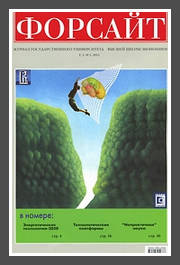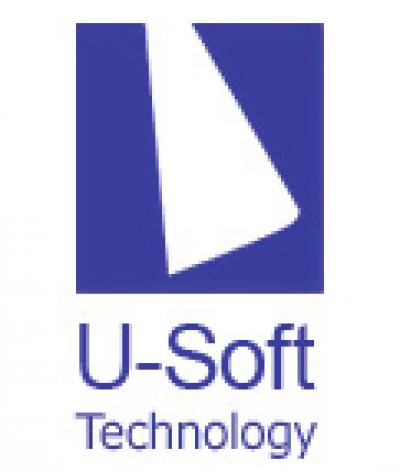Why do you need to monitor competitors prices
Дата: 16.04.2024The purpose of this event is to obtain information for a timely response to the actions of those who, through dumping and other price tricks, are trying to displace other players, significantly increase their presence in the niche they occupy, and increase sales volume.
Advantages of using a competitor price monitoring system
For example, two companies competing with each other and approximately equal in sales volume have a single supplier who ships their goods to both. When conducting price monitoring initiated by one of the companies (let’s call it “A”), it turns out that the retail (selling) price of a competing company (let’s call it “B”) for a certain product is equal to the price at which the supplier ships its goods company "A". Because the markup on a product can hardly be zero or negative, and we do not consider examples of companies that, in pursuit of sales volumes and their capitalization, “buy for a ruble and sell for 90 kopecks,” this may mean that competing company “B” has some special privileges and conditions for this product. The supply price of this product for company B is lower than for company A. All this allows company “B” to set a markup that equalizes the retail price with the purchase price for company “A”.
Of course, if we take into account that the price data was received incorrectly, for example, a clever protection against “parsing” the online store worked, or the price in the catalog on the website is one, but when placing an order from the cart it is completely different, etc. Or, if we are talking about collecting prices at a retail outlet, it turns out that in fact the store employees simply forgot or did not have time to update the price tag. However, if we put these factors aside, put aside the idea of targeted dumping and recognize the reliability of the collected data, it turns out that company “A” has good reason to think about its pricing policy and its own suppliers.
It is also worth noting that analysis of competitors’ prices is becoming especially relevant for many regional retailers, who are often unable to resist the ongoing expansion of large federal chains without the use of modern information technologies and services.
Many specialized media are full of reports about sudden or planned takeovers. Even fairly large chains are absorbed, the oldest stores that were opened decades ago are closed, and only because a store, supermarket or hypermarket of a federal chain appears nearby. According to our experience and the experience of our clients from among regional chains, one of the effective ways to firmly “hold the line” in price wars, successfully resist dumping and at the same time control the quality of your company’s work is to actively use competitor price monitoring services, systematically carry out store audits and remote branches of the company using electronic checklists, as well as “keep your finger on the pulse” by tracking customer loyalty using the NPS method.





.jpg)



